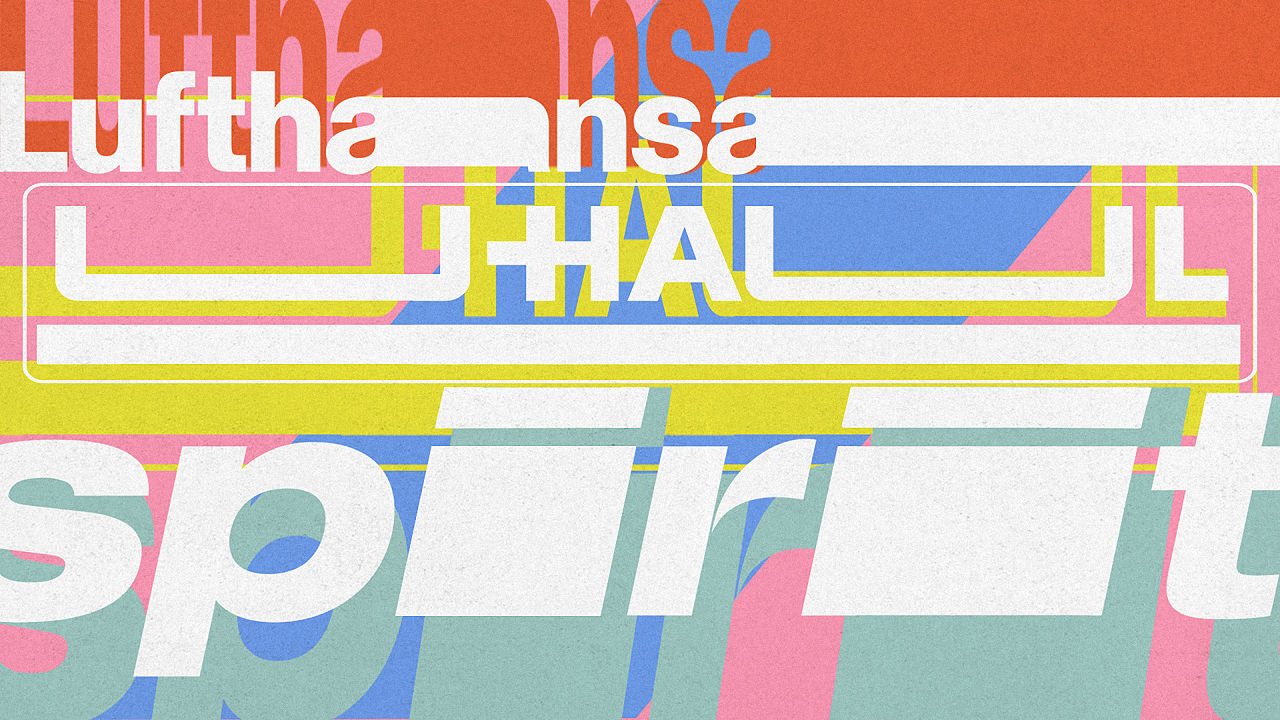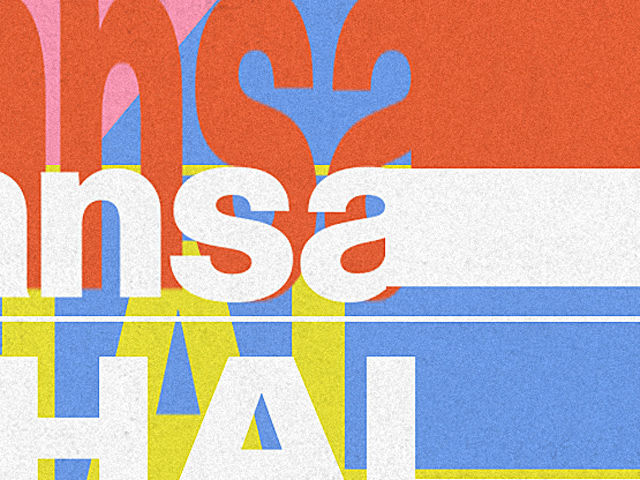Why the sound of a brand name matters
Brand names reveal a lot more than you think, as the fascinating science of "sound symbolism" suggests.
Brand names reveal a lot more than you think, as the fascinating science of "sound symbolism" suggests.

The sound of a word like "knife" or "truck" seems totally arbitrary—it’s just a random sound we’ve assigned to a thing, right? But for several decades, scientists have found good evidence that the sound of words have meaning in a very real way. Sound can convey subtle information about traits such as size, shape, smoothness and distance. This suggests that while the sound of company and product names—Lyft, Smuckers, Nike—may seem meaningless, it may actually quietly shape consumers' perceptions.

This is what’s called "sound symbolism"—the theory that there’s an intrinsic meaning we unknowingly attach to certain speech sounds. Sound symbolism is probably best illustrated by a well-known study from 1929 by the renowned linguist and anthropologist Edward Sapir. In his experiment, Sapir had people assign two fake words—"mil" and "mal"—to either a larger or smaller table. And what he found was pretty astonishing: The majority of participants called the smaller table "mil" and the larger table "mal." Since Sapir made up the words "mil" and "mal," he concluded that people inferred word meaning from the sound.
Over the decades, researchers have verified and added to what Sapir discovered in his study, that certain speech sounds have meaning, separate from the definition of a word itself. They’ve found links between word sounds and concepts for all sorts of characteristics, including size, shape, speed, weight, sharpness, and creaminess.

These associations aren’t limited to English—scientists have found them across many different languages. For example, most languages use a front-vowel sound (like "ee" in feet) for words that mean something is little—tiny, petit, piccolo, klein. And for words that indicate something large, languages tend to use back-vowel sounds, (like "oo" in food or "ah" in bought), like grand or grande. Research on sound symbolism has shown, for instance, that when people hear the brand name of a food, it changes how it tastes. It was found in a study that people who were told an ice cream is named "frish" think it tastes lighter and has fewer calories, while an ice cream called "frosh" tastes creamier, smoother, and richer (even though the ice cream people tasted was actually the same).
Now, the new study by Maglio and researchers from several other universities has found a connection between speech sounds and distance. In five experiments, Maglio and his team looked at how people associated front- and back-vowel sounds (like "ee" vs. "oo") with whether something is near or far away. They found a strong pattern: People consistently link back-vowel sounds to something far and front-vowel sounds with something close. For example, in one trial, they recruited 55 people from New York University and gave them one of two New York state city names, "Fleen" and "Floon," (which are fake names), then asked them to estimate how many miles away from New York City Fleen or Floon was located. The researchers discovered that a significant number of people thought Floon (back-vowel sound) was farther away from New York City than Fleen (front-vowel sound).

In another of their experiments, Maglio and his team rounded up 114 people in Washington Square Park. The researchers then placed an unfamiliar object—a multicolored dog toy they had spray painted—in the park and had people stand 30 feet away. Researchers alternated fake names for the object with front- and back-vowel sounds ("deeb," "nep," and "keev" vs. "doab," "noop," and "koov") throughout the experiment. After describing the object by one of its fake names, researchers then asked subjects to estimate how far away it was. They found that people consistently said the object with back-vowel names was farther away than with front-vowel names.
Maglio and his team, as well as other sound symbolism researchers, haven’t figured out yet why humans seem to have universal word sound-concept connections. "When it comes to something like language, which has been around forever, it’s really hard to get at what the origin was," says Maglio. One theory is that these associations resulted from synesthesia—a cross-wiring of human visual and audio senses—in our ancestors a long time ago. "I think the answer at that basic level is probably a neurological one, one that has to do with our evolutionary history," explains Cristina Rabaglia, one of the study authors.
But even if we don’t know why these connections exist, Maglio thinks they can still be incredibly useful to companies and brand designers. "It might be especially compelling to consumers when there’s a fit between the type of offering and the vowels in its name," says Maglio. "Or on the flip side, it might be a deterrent for consumers to interact with a brand name that has a mismatch." Tina Lowrey, an outside expert and professor of marketing at HEC Paris, has a similar opinion. "There are a lot of elements behind a brand’s success, and a name is just one part of that," she says. "But if you’re looking for a new name, you might as well pick a name that helps customers make sense of your brand."
That can apply specifically to Maglio’s findings on distance and sound—he says that a company or a product that deals in distances might benefit from a sound-concept match. For instance, think of the long-distance airline Lufthansa compared to Spirit Airlines, or a company like U-Haul. "Anyone in the business of dealing in distances," he says, "can possibly tell their customer something ever so subtly through sounds in their brand name about the type of thing that they’re best at."
Thanks to Fastcodesign